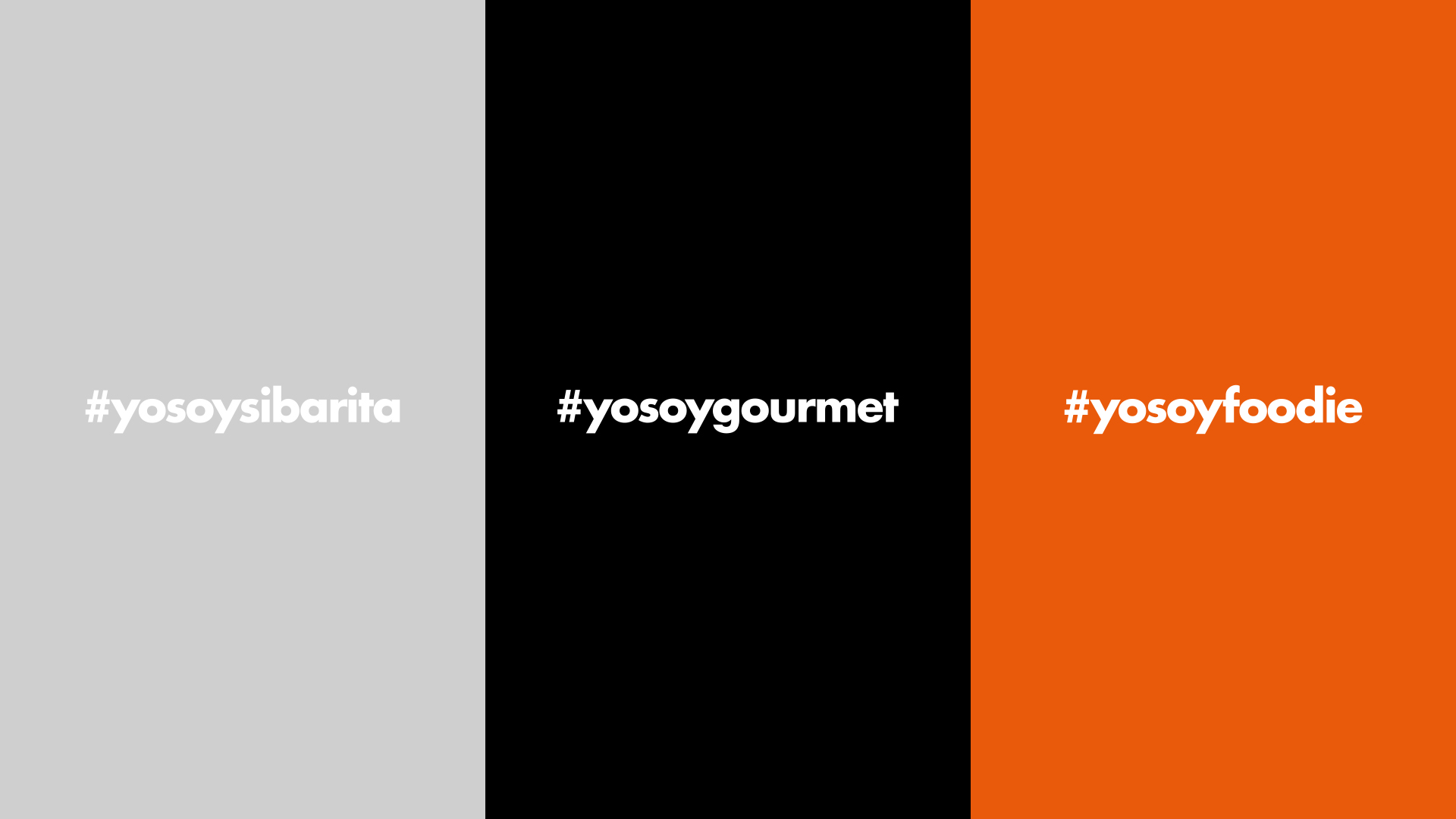Corporate Branding for Le Creuset: A strategy with a personality
Food lovers, if you had to characterise yourselves in the kitchen, how would you define yourself? A sybarite? A gourmet? A foodie? You may have never considered it, or perhaps you have never stopped to think about it, but would it make sense that maybe your lifestyle, personality and everyday life are somehow affected by your vision of food, and that this actually defines you and your dishes?

Corporate Branding for Le Creuset: Connecting products with personality
Based on the aforementioned notion, “What is the style that defines you?”, we have built the new corporate branding strategy, developed alongside Le Creuset, the leading brand in the premium kitchenware market.
Since 1925, Le Creuset has manufactured a large number and variety of top-quality kitchen utensils, specialising in producing items in cast iron, multi-layered stainless steel, non-stick aluminium, stoneware, wine accessories, among many others. The brand’s values have always been innovation, quality and design. It is established that among Le Creuset’s trusted followers are outstanding chefs, cooks and food lovers.
The new corporate branding strategy for Le Creuset Spain is expressed within their new communication concept, namely “Cooking with personality”. Since we are all quite different, Le Creuset helps us choose which products best suit our tastes and needs in the kitchen.
In this case, the emphasis is not on the factual qualities of Le Creuset products, which are well known due to the company’s track record, known worldwide for being one of the best brands in kitchenware.
Rather, our main objective with this corporate branding project has been to bring Le Creuset closer to its consumers, in a more experimental and synergistic way. Both more empirical and emotional. Hence, it is not about selling some pots, accessories or kitchen knives but seeking a connection with consumers and identifying with a certain way of cooking and, by extension, a way of understanding life.
To this end, we have developed a communication language using a fresher style and tone. We have also created new content to appeal more accurately to Le Creuset’s audience, like publishing recipes of renowned chefs, such as Gonzalo d’Ambrosio, chef and host of Canal Cocina.
Accordingly, when you now approach a Le Creuset store or purchase one of their products, you can ask yourself what you are, and label yourself: #yosoysibarita #yosoygourmet #yosoyfoodie and find out which products speak best about you and which chefs represent you to perfection.
It should be noted that this corporate branding strategy is particularly in tune with new communication channels and social networks. It is therefore formulated in a simple and direct language, beyond the use of labels or hashtags. Putting the person and their experiences in the centre. Having renowned chefs (“influencers”) on board as a reference. Inviting to participate and share experiences.
Corporate branding: A cornerstone for the company
The case of Le Creuset, with almost 100 years of experience in the kitchenware sector, allows us to highlight one of the main characteristics of corporate branding: Its ability to update the brand image.
Since the world is changing in so many ways (the way we work, purchase, communicate, relate, our habits and routines at home, etc.) it is important for companies to adapt to these new models. Not only with new products and services (e-commerce, for example) but also with corporate and communication strategies that connect with the current public, their needs and concerns.
Corporate branding plays a fundamental role in all this. Corporate branding is the “image of the company”, the principles we want to convey through our brand, which we wish to be recognized and remembered for. Although some company values can be maintained over time (innovation, quality and design) it is important to adapt them to new realities and forms of communication. Hence the importance of corporate branding to remain connected with our potential consumers.
It would be a mistake to think that “updating the logo or typography is enough.” Developing a good corporate branding strategy implies a much deeper change. We must research and identify the characteristics of the company (values, strengths, relationship with the competition …), define the identity of the brand and start building it up from all areas of the company. Not only in traditional advertising, but in everything we do, and along with all the people with whom we interact: customers, suppliers, staff, points of sale, etc. Corporate branding is a global project.


Tags: Corporate branding, Branding strategy, Le Creuset
2016